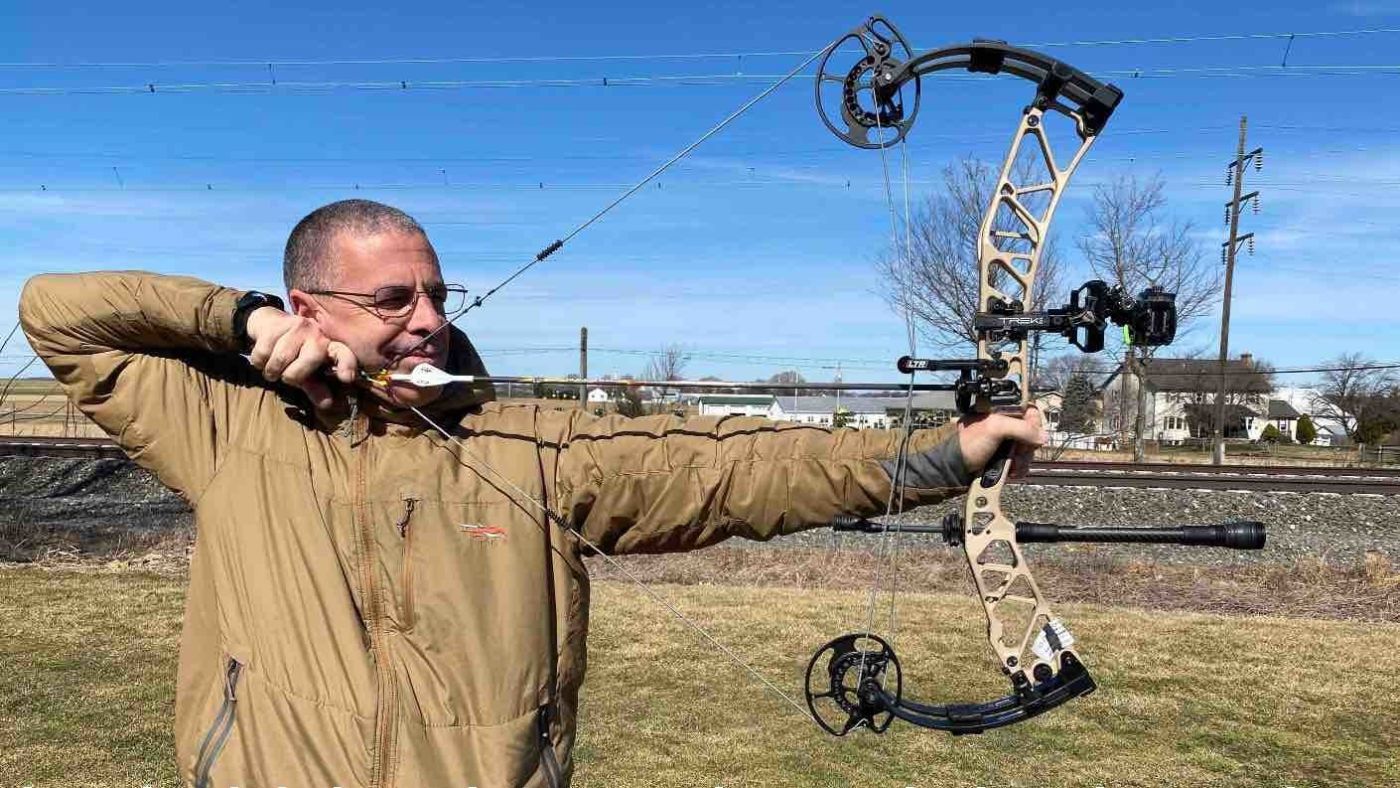Maximize Your Archery Accuracy With These Bow Stabilizer Techniques
One critical aspect that can substantially affect your performance is the proper use of bow stabilizers. Whether you are an experienced archer looking to refine your skills or a newbie eager to improve your accuracy, grasping these bow stabilizer techniques might be the secret to hitting your mark with unmatched uniformity.
Advantages of Using Bow Stabilizers
Using bow stabilizers can considerably boost an archer's precision and general efficiency by reducing bow torque and resonance. Bow torque, triggered by the unequal distribution of weight in the bow, can result in incongruities in shot placement. By affixing a bow stabilizer, the weight is redistributed, lowering the effects of torque and aiding the archer achieve a more regular shot. In addition, bow stabilizers wet vibration, which not just boosts the comfort of shooting but also avoids the bow from jumping upon launch, hence assisting in preserving proper goal.
In addition, bow stabilizers can help in holding the bow consistent, especially during windy conditions or when firing from longer ranges. The included weight at the front of the bow offers security and equilibrium, enabling the archer to concentrate on intending without the disturbance of bow motion. On the whole, the advantages of making use of bow stabilizers expand past simply accuracy, enhancing the archer's experience and performance in various shooting scenarios.
Selecting the Right Bow Stabilizer
Selecting the ideal bow stabilizer is critical for optimizing your archery devices and enhancing shooting performance. Much heavier stabilizers can help minimize bow torque and soak up more vibration, leading to a steadier goal.

Lastly, think about the style of the stabilizer. Some stabilizers come with flexible weights or dampeners that permit you to personalize the equilibrium and feeling of your bow. Eventually, picking the appropriate bow stabilizer entails locating a balance in between weight, style, material, and size to boost your capturing accuracy and overall efficiency.
Appropriate Installment Strategies
To guarantee optimal performance and safety and security in archery, you can try here grasping appropriate installment methods for your bow stabilizer is important. The very first step in setting up a bow stabilizer is to recognize the right positioning on your bow.
Next, safely connect the stabilizer to the bow using the appropriate mounting equipment. Some stabilizers come with flexible weights that can be added or gotten rid of to tweak the balance of your bow.

Adjusting Stabilizer Weight and Length
After making sure the correct installment of your bow stabilizer, the next step involves changing the weight and length to optimize its efficiency in enhancing archery accuracy. The weight of the stabilizer plays an important role in lessening bow movement during the shot cycle. Adding weight to the stabilizer important source can aid wet resonances and enhance stability, bring about even more constant and accurate shots. On the various other hand, lowering the weight can increase ability to move, which is beneficial for scenarios requiring quick target acquisition.
A longer stabilizer can offer higher stability by raising the range between the bow and the weight at the end of the stabilizer. Alternatively, a much shorter stabilizer offers more maneuverability and might be preferred by archers who value dexterity and fast motions throughout shooting.
Advanced Stabilizer Tuning Tips
Attaining optimal bow stability and precision in archery requires a nuanced strategy to advanced stabilizer tuning. Advanced stabilizer tuning entails fine-tuning numerous components to enhance the bow's balance, lower vibration, and enhance general accuracy.
One more essential aspect of innovative stabilizer tuning is optimizing the damping residential properties of the stabilizer system. This can be achieved by integrating extra wetting accessories such as rubber dampeners or harmonic stabilizers to additionally reduce vibration and sound. Moreover, checking out different materials for the stabilizer building, such as carbon fiber or aluminum, can additionally affect the bow's performance by altering its weight distribution and rigidity. By thoroughly adjust these advanced stabilizer components, archers can maximize their precision and consistency on the variety or in competitors.
Conclusion
In conclusion, optimizing archery accuracy can be achieved with the proper choice, installation, and modification of bow stabilizers. Overall, integrating bow stabilizers into archery technique can lead to better efficiency and raised precision.
Utilizing bow stabilizers can dramatically enhance an archer's accuracy and total efficiency by minimizing bow torque and resonance. Longer stabilizers offer better security and equilibrium, specifically for long-distance shooting, while much shorter stabilizers use even more flexibility and are much easier to navigate in tight areas (bow stabilizer). Carbon fiber stabilizers are lightweight and sturdy, while light weight aluminum stabilizers are robust and offer superb resonance dampening
A longer stabilizer can offer higher stability by boosting the distance in between the bow and the weight at the end of the stabilizer.Another essential aspect of helpful hints advanced stabilizer adjusting is optimizing the damping residential or commercial properties of the stabilizer system.